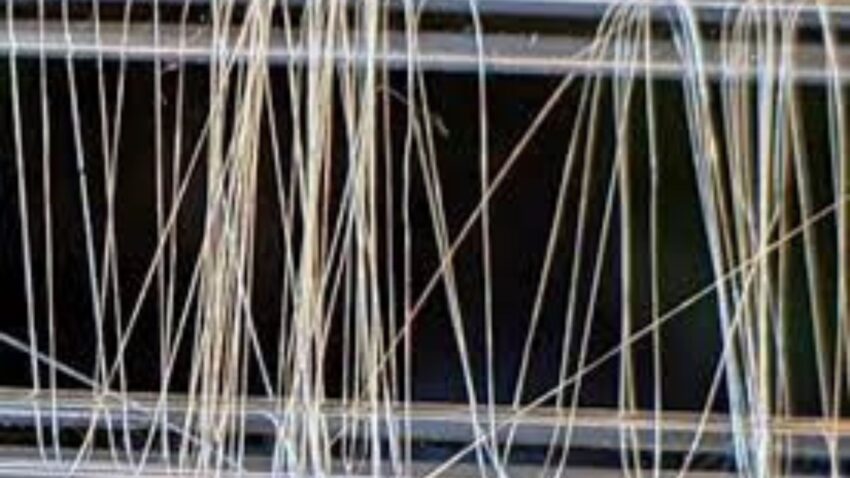The global Synthetic Spider Silk Market is estimated to be valued at US$ 1212.68 Mn in 2023 and is expected to exhibit a CAGR of 6.1% over the forecast period 2023 to 2030, as highlighted in a new report published by Coherent Market Insights.
Market Overview:
Synthetic spider silk is a protein-based fiber produced through genetic engineering methods. It mimics natural spider silk and possesses high mechanical strength, flexibility, biocompatibility making it suitable for textiles, biomedicine and regenerative medicine applications.
Market key trends:
One of the major trends in the synthetic spider silk market is the increasing focus on developing customizable spider silk fibers. Researchers are genetically engineering spider silk proteins to customize fiber properties like strength, elasticity, toughness etc as per end-use applications. For instance, researchers at Kraig Biocraft Laboratories have developed a genetically engineered spider silk with customized mechanical properties suitable for ballistic protection in military and law enforcement applications. Customization of spider silk fibers allows for a wider range of industrial uses thus driving their demand.
SWOT Analysis
Strengths: Synthetic spider silk fibers exhibit high tensile strength and elasticity similar to natural spider silk. These superior properties make it suitable for various industrial applications.
Weaknesses: High production costs and lack of standardized mass production techniques limit the largescale commercialization of synthetic spider silk.
Opportunities: Growing research on bioengineering techniques to develop genetically modified organisms for cost-effective production of synthetic spider silk proteins. Rising demand for high-performance fibers from defense and aerospace industries.
Threats: stringent regulations pertaining to the use of genetically modified organisms for commercial production. Competition from low-cost conventional fibers limits the market growth.
Key Takeaways
The global Synthetic Spider Silk Market Size was valued at US$ 1212.68 Mn in 2023 and is expected to reach over US$ 2000 Mn by 2030, expanding at a CAGR of 6.1% during the forecast period. The increasing demand from textile, biomedical and defense industries is expected to drive the market over the next seven years.
The textile industry segment accounted for over 35% of the global demand in 2023. Spider silk fibers can be woven into lightweight and durable fabrics for military apparel, sportswear, and fashion clothing. Their strength-to-density ratio makes synthetic spider silk an ideal material for lightweight protective gear.
The North American region dominated the global synthetic spider silk market in 2023, accounting for more than 30% of the global demand. Increasing investment in biomaterial research and development by government agencies as well as private players is fueling the growth of the regional market. The Asia Pacific region is expected to witness the fastest growth over the forecast period, expanding at a CAGR of around 8%, driven by growth in end-use industries such as textile and healthcare in China and India.
Key players operating in the synthetic spider silk market are Kraig Biocraft Laboratories, Spiber Inc., AMSilk, and Bolt Threads.
*Note:
1. Source: Coherent Market Insights, Public sources, Desk research
2. We have leveraged AI tools to mine information and compile it

